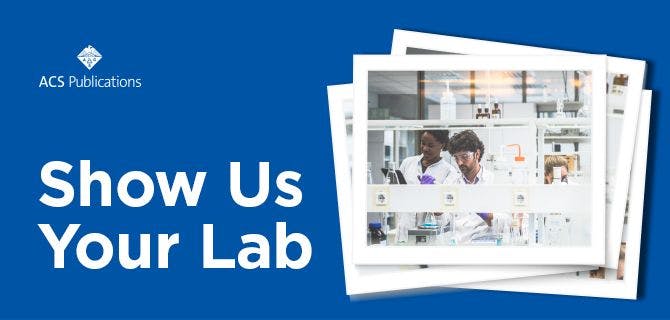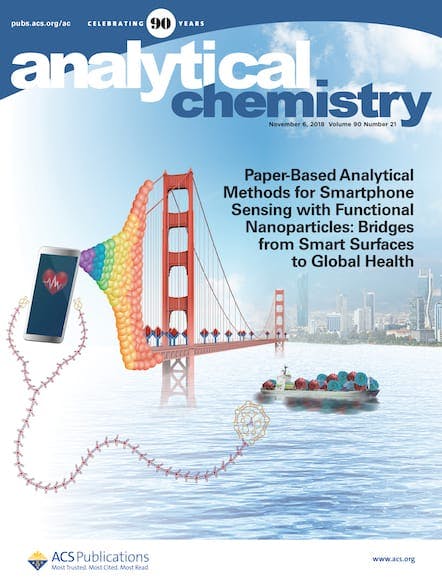Last month, ACS Axial held a contest asking readers to send in photos of their labs, classrooms, offices or wherever they do their best work. Today I am proud to announce the winner: Dr. Greg D. Smith of the Conservation Science Lab at Indianapolis Museum of Art at Newfields. The 3,000 square foot state-of-the-art analytical and […]

Last month, ACS Axial held a contest asking readers to send in photos of their labs, classrooms, offices or wherever they do their best work. Today I am proud to announce the winner: Dr. Greg D. Smith of the Conservation Science Lab at Indianapolis Museum of Art at Newfields. The 3,000 square foot state-of-the-art analytical and research laboratory is used for the study of artists’ materials.
Dr. Smith wrote in to tell me about the beautiful and unique lab at his workplace:
“Unlike the normal whitewashed, sterile chemistry labs, the art analysis lab at Newfields is decorated in a rich, inviting Arts & Crafts period style, complete with quartered oak cabinetry, hammered copper fittings, and a periodic table carved out of mahogany. The lab is also decorated with prints, tapestry, paintings, ceramics, and sculpture donated by contemporary artists working in the Craftsman tradition, all of which are used to train students in art analysis and technical art history.”
Check out a panoramic image of the lab:
Take a closer look at the lab’s periodic table:
The table is carved from mahogany, with a frame made of ebonized quarter sawn oak. The table was constructed by one of the lab’s master carpenters, Jim Bayes, with other craftsman efforts from paintings conservator Linda Witkowski. Note, the lab was opened in 2010, so the table doesn’t reference the elements added in recent years.
Dr. Smith appears as an author on two papers in Analytical Chemistry:
Pigment Identification by Spectroscopic Means: Evidence Consistent with the Attribution of the Painting Young Woman Seated at a Virginal to Vermeer
Anal. Chem., 2005, 77 (5), pp 1261–1267
DOI: 10.1021/ac048481i
The Gutenberg Bibles: Analysis of the Illuminations and Inks Using Raman Spectroscopy
Anal. Chem., 2005, 77 (11), pp 3611–3622
DOI: 10.1021/ac050346y
He’s also an author on the chapter “What’s Wrong with this Picture? The Technical Analysis of a Known Forgery,” in the ASC Symposium Series E-Book, “Collaborative Endeavors in the Chemical Analysis of Art and Cultural Heritage Materials.”
Congratulations to Dr. Smith and the staff at the Conservation Science Lab at Indianapolis Museum of Art at Newfields on their beautiful lab space.
